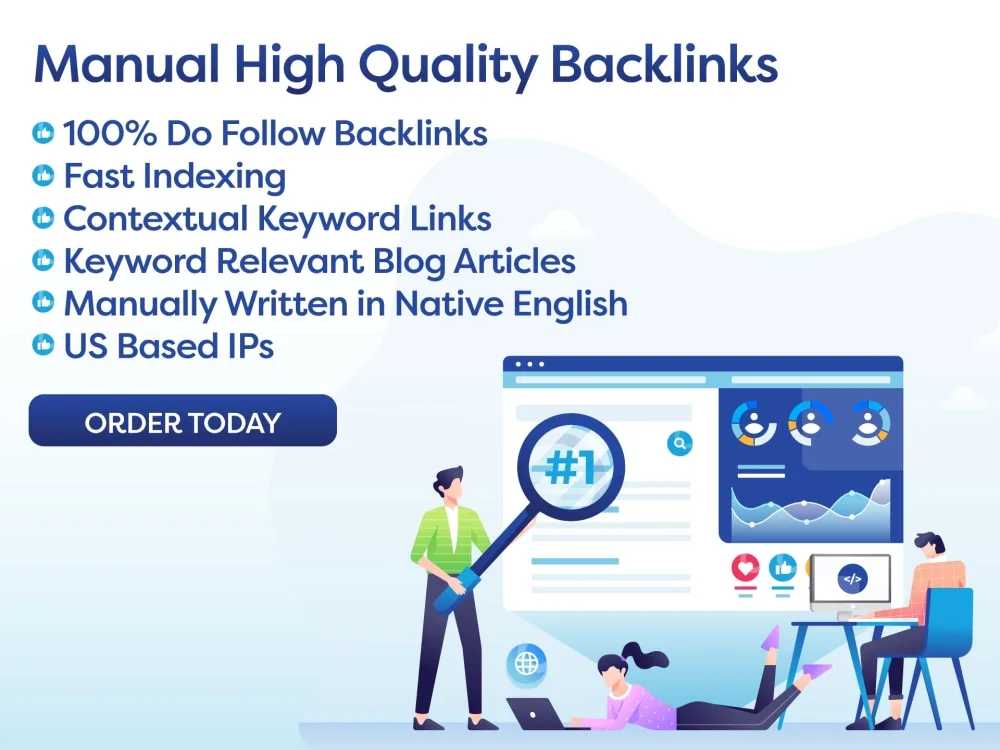SEO content performance analysis is crucial for improving a website’s visibility on search engines. Understanding key metrics like organic traffic, backlinks, and bounce rate helps identify areas for improvement. Common SEO issues such as keyword stuffing and thin content can be addressed with strategies like optimizing meta tags and creating quality backlinks. Implementing SEO techniques like keyword research and on-page optimization and monitoring performance with tools like Google Analytics is essential for long-term success. By following actionable steps outlined in this article, website owners can enhance their SEO content performance and boost their website’s ranking on search engines.
Excerpt: Learn how to analyze SEO content performance to boost your website’s visibility and ranking on search engines.
Introduction:
SEO, or Search Engine Optimization, is a crucial tool for any website owner looking to increase their online visibility and attract more organic traffic. For SEO beginners, understanding how to analyze the performance of your content is key to improving your website’s ranking on search engine results pages. In this article, we will delve into the world of SEO content performance analysis and provide you with valuable insights and tips to help you optimize your website for search engines.
Have you ever wondered why some websites rank higher on Google than others? The answer lies in their SEO performance. By analyzing your content’s performance, you can identify areas for improvement and make the necessary changes to boost your website’s visibility and ranking. In this article, we will guide you through the process of SEO content performance analysis, from understanding key metrics to implementing strategies to improve your website’s SEO.
Key Takeaways:
1. Understanding SEO Content Performance Analysis: Learn about the key metrics used to analyze your website’s SEO performance and how to interpret the data to make informed decisions.
2. Identifying Opportunities for Improvement: Discover common SEO content performance issues and strategies to address them to boost your website’s ranking on search engines.
3. Implementing SEO Best Practices: Explore effective SEO techniques and strategies to optimize your website’s content and improve its performance on search engines.
4. Monitoring and Adjusting Your SEO Strategy: Learn how to monitor your website’s SEO performance and make necessary adjustments to ensure long-term success in improving your website’s visibility and ranking.
Key Takeaways:
1. Understanding SEO Content Performance Analysis:
– Key Metrics: Dive into the key metrics used to analyze your website’s SEO performance, including organic traffic, keyword rankings, backlinks, and bounce rate. Understanding these metrics will help you gauge your website’s performance on search engines and identify areas for improvement.
– Interpreting Data: Learn how to interpret the data from your SEO content performance analysis to identify trends, patterns, and areas for improvement. By analyzing the data, you can make informed decisions to optimize your website for search engines.
2. Identifying Opportunities for Improvement:
– Common SEO Content Performance Issues: Explore common SEO content performance issues such as keyword stuffing, thin content, and duplicate content. Understanding these issues will help you address them and improve your website’s visibility and ranking on search engines.
– Strategies for Improvement: Discover effective strategies to address common SEO content performance issues, including optimizing meta tags, creating high-quality content, and building quality backlinks. Implementing these strategies will help you improve your website’s SEO performance and attract more organic traffic.
3. Implementing SEO Best Practices:
– SEO Techniques: Explore effective SEO techniques such as keyword research, on-page optimization, and link building to optimize your website’s content for search engines. By implementing these best practices, you can improve your website’s visibility and ranking on search engine results pages.
– Content Optimization: Learn how to optimize your website’s content for search engines by creating high-quality, unique, and relevant content that engages your target audience. By optimizing your content, you can attract more organic traffic and improve your website’s SEO performance.
4. Monitoring and Adjusting Your SEO Strategy:
– Monitoring Performance: Learn how to monitor your website’s SEO performance using tools such as Google Analytics and Search Console. By monitoring your performance, you can identify areas for improvement and make necessary adjustments to optimize your website for search engines.
– Adjusting Strategy: Discover how to make necessary adjustments to your SEO strategy based on the data from your performance analysis. By continuously monitoring and adjusting your strategy, you can ensure long-term success in improving your website’s visibility and ranking on search engines.
Action Plan:
Based on the key points and takeaways discussed in this article, here are some actionable steps you can take to improve your website’s SEO content performance:
1. Conduct a comprehensive SEO content performance analysis using key metrics such as organic traffic, keyword rankings, backlinks, and bounce rate.
2. Identify common SEO content performance issues on your website, such as keyword stuffing, thin content, and duplicate content, and develop a strategy to address them.
3. Implement effective SEO techniques and best practices, such as keyword research, on-page optimization, and link building, to optimize your website’s content for search engines.
4. Monitor your website’s SEO performance regularly using tools like Google Analytics and Search Console, and make necessary adjustments to your SEO strategy to improve your website’s visibility and ranking on search engines.
Conclusion:
In conclusion, understanding how to analyze SEO content performance is essential for SEO beginners looking to improve their website’s visibility and ranking on search engines. By exploring key metrics, identifying opportunities for improvement, implementing best practices, and monitoring your performance, you can optimize your website for search engines and attract more organic traffic. By following the actionable steps outlined in this article, you can improve your website’s SEO content performance and achieve long-term success in boosting your website’s visibility and ranking.
FAQs:
Q: How can I analyze the performance of my website’s SEO content?
A: You can analyze the performance of your website’s SEO content by using tools like Google Analytics and Search Console to track key metrics such as organic traffic, keyword rankings, backlinks, and bounce rate.
Q: What are some common SEO content performance issues to look out for?
A: Some common SEO content performance issues include keyword stuffing, thin content, and duplicate content. By addressing these issues and implementing effective strategies, you can improve your website’s visibility and ranking on search engines.

